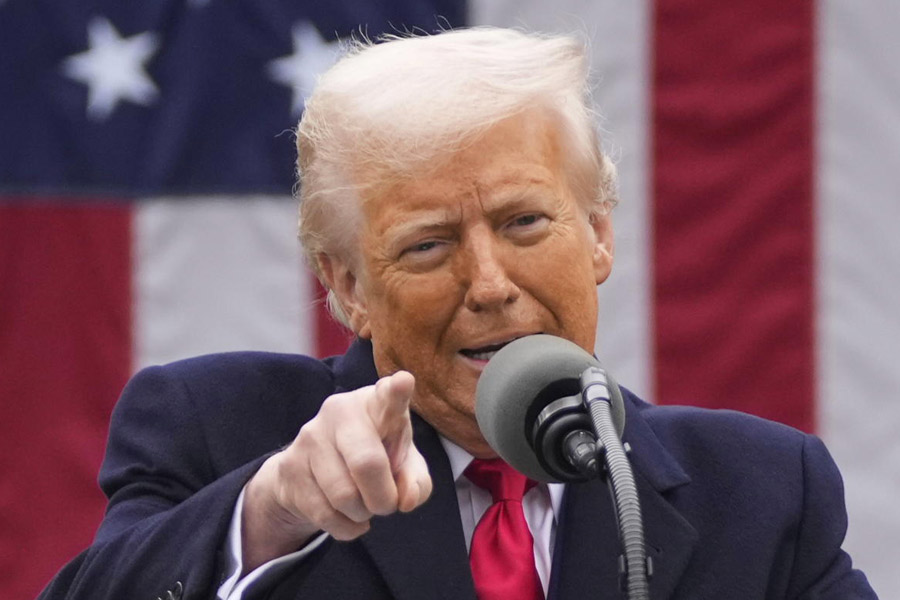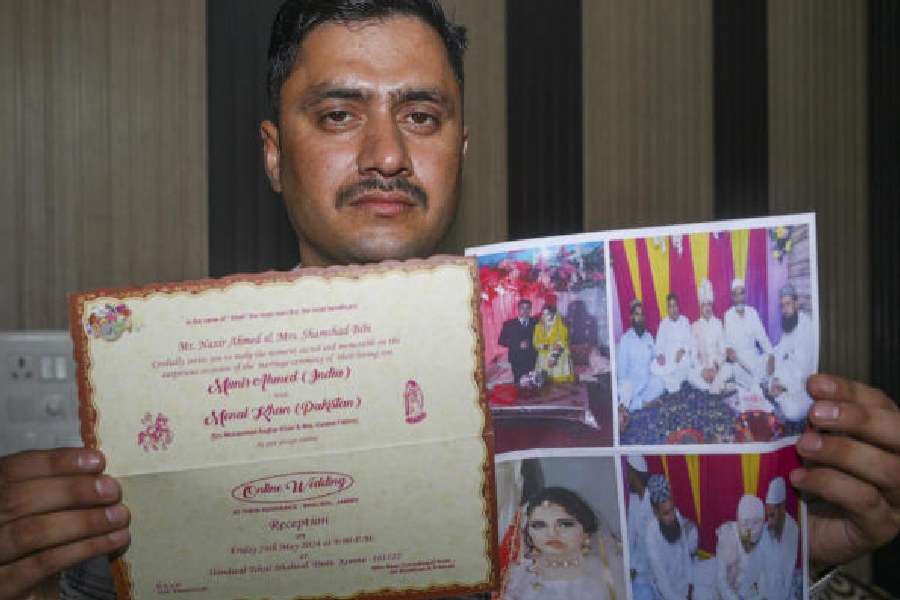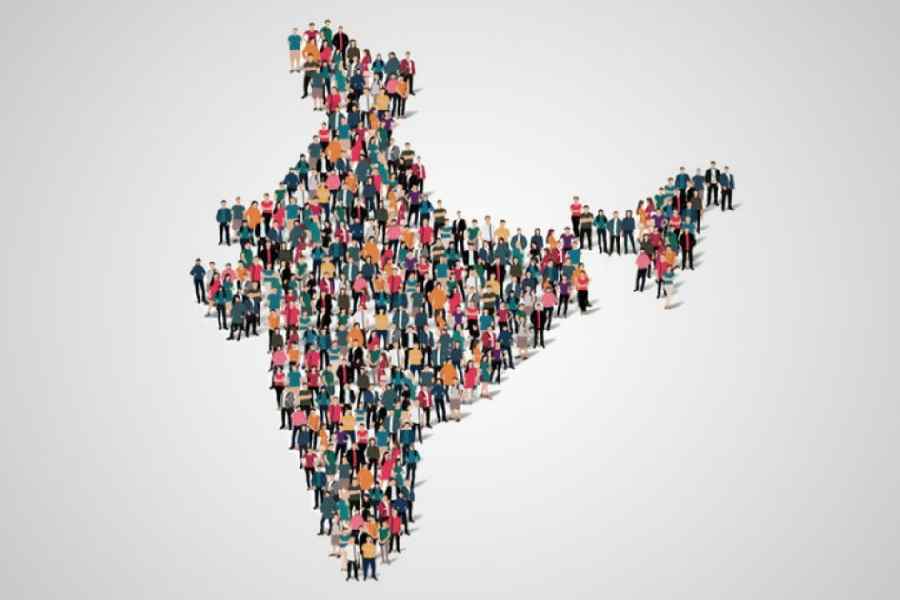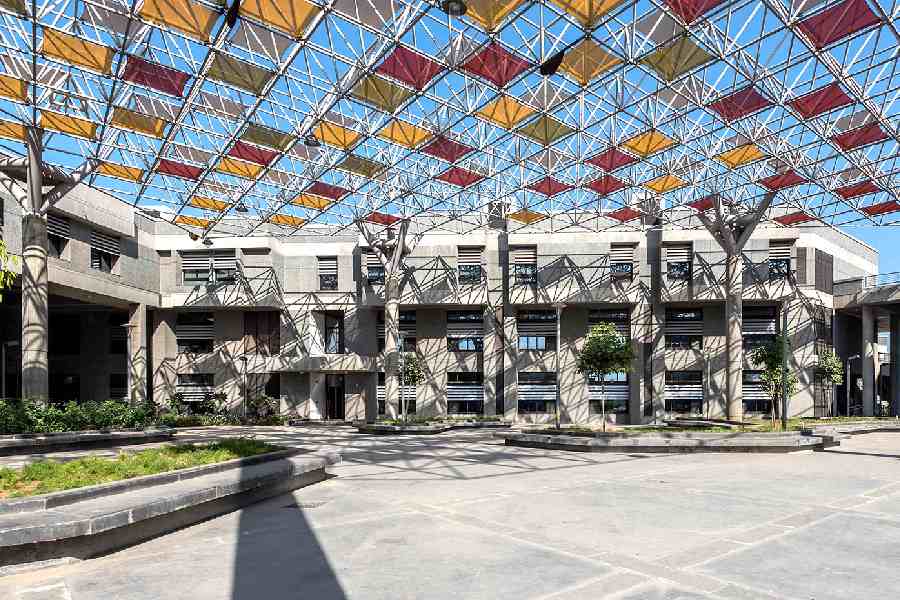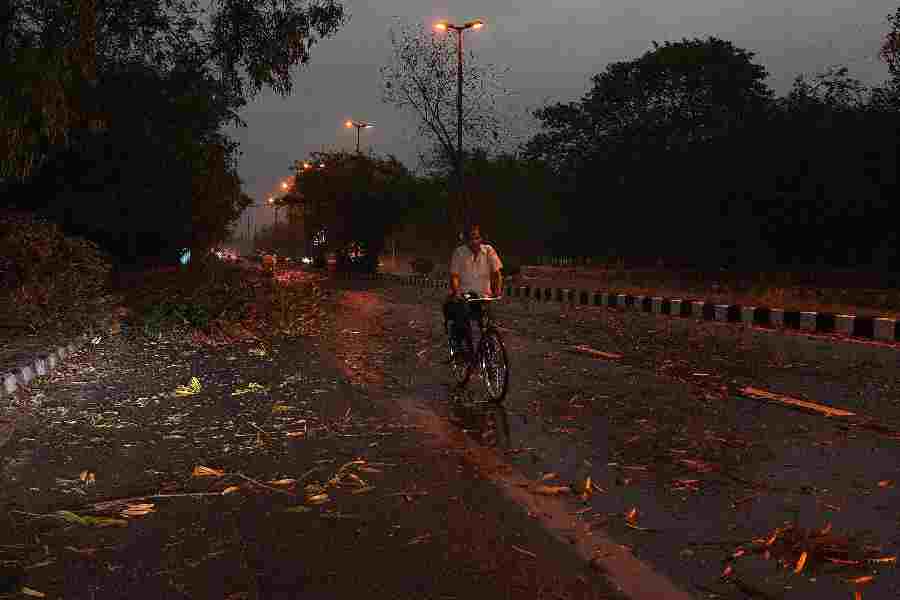 |
Graphic designer Priyanka Goswami is a convert. The young Bangalore-based designer didn’t care much for beer until she went for a Belgian beer tasting session last month. “It opened a world of beers for me,” she says.
Like Goswami, other beer drinkers in India are awakening to a world of craft or speciality beers. After all, there’s more to beer than the mass-produced fizzy lager.
There are internationally famous hand-crafted beers made in small batches to century-old recipes and local brewers concocting new beers. You can enjoy a refreshing wheat beer or sip on a strong Trappist ale. You can drink a bottle-fermented beer or take a swig at a microbrewery. “The speciality beer market has mushroomed over the last two years,” says Vikram Achanta, CEO, Tulleeho.
Not all of the new beers coming to India are craft beers, but even if they’re mass-produced — like a Guinness Irish stout or Hoegaarden wheat beer — they’re beer styles India hasn’t seen before.
Beers are of two types: lagers and ales. The difference lies in the fermentation: ales are fermented at a higher temperature with yeasts floating on top (top-fermented beers) and are full-bodied with complex tastes. Lagers are bottom-fermented (the yeast settles at the bottom) at lower temperatures and are less complex.
Now Indians too are discovering these differences. “Indian beer consumers have become more aware. Having travelled in the West, they’ve either heard of these beers, tasted them or are eager to try them,” says Manisha Vinod, head of marketing, Nilarya Trading.
 |
 |
 |
At Smokehouse Grill in Delhi, you can sample eight imported beers against two just two years ago. Says general manager, Vasul Chauhan: “Whenever we’ve exposed our clients to new beers, they’ve taken to them.”
True, the overall market for imported beers — including big brand lagers like Stella Artois — is still minuscule. Raja Mukherji, CEO, Anheuser-Busch InBev India, a subsidiary of the world’s largest brewer, estimates this segment at 250,000 to 300,000 cases per annum against a total beer market of 156 million cases.
But Mukherji’s hoping for explosive growth. “Five years ago, who’d have predicted what’s happened with wines. You walk into a party today and people start talking about nose and terroir. Beer is the next wine,” he says.
The beer entrepreneurs
So, is India about to see the rise of new beer connoisseurs? One group that’s putting their money on this is the new beer enthusiasts turned entrepreneurs. For instance, take power equipment manufacturer and beer lover Nikhil Kumar, who started Nilarya and was the first to import 10 Belgian beers and a Dutch pilsner in Bangalore in 2007.
Last year, Ankur Jain followed suit with Cerana Imports in Delhi. Jain discovered craft beer while frequenting the Brooklyn Brewery in Manhattan. Back in India in 2006 though, he found only lager. “While I was away, the wine market had grown and you could find 20-30 labels in a restaurant. But in beer, there was a big lacunae,” he says.
Last September, Jain launched 20 beers from Belgium, Germany, Holland and France in Delhi. He has now introduced some in Mumbai and Bangalore. “I want to bring a diversity of beer styles,” he says.
There are others crafting their own beers. Like Suketu Talekar, Prateek Chaturvedi and brewmaster Oliver Schauf. Talekar and Chaturvedi, in fact, quit Proctor & Gamble, Singapore, four years ago to set up a brew pub in India.
The three set up BrewCrafts Microbrewing. It was a struggle and it took two years to get a brew pub licence, and then another two years to raise funds. Now, they’ll open their brew pub, The First Brewhouse, in Pune’s Corinthian Hotel & Spa this summer. “For all three of us, the real kick is to make beer that’s world-changing,” says Talekar.
Meanwhile, Gurgaon’s Gal-axy Hotel opened India’s first brew pub, Howzzat, brewing three fresh lagers in-house in December. “The response is fabulous,” says Vivek Sharma, general manager, Galaxy Hotel.
And in Bangalore, two more US-returned techies, Narayan Manepally and Paul Chowdhary, who set up Beerworks four years ago, are about to launch their Geist beers. They’re awaiting a microbrewery licence.
“We want to introduce international hand-crafted premium beer that’s designed for the Indian palate,” says Dinesh D’Sa, sales and marketing manager, Beerworks.
The multinationals too are pushing the best beers in their line-up — including speciality brands. A-B-InBev took the lead when it launched its famed lager Stella Artois, iconic wheat beer Hoegaarden, Belgian ale Leffe, and German lager Beck’s last year. The company has now introduced Hoegaarden and Stella as draught in Delhi, Mumbai and Goa.
Earlier, Diageo introduced its famed Irish stout Guinness and Irish cream ale, Kilkenney. Both are available in restaurants and Johnnie Walker Select stores in Delhi, Mumbai and Bangalore.
Diageo and A-B-InBev’s beers are mass-produced but wheat beers, stouts and ales are still new styles for Indians. Others are eager to enter too. Take Janet Witheridge, deputy director, brewing, British Beer & Pub Association, who’s scouting for importers for seven British breweries.
“British beer will never be a mass product but we’d like to get into top hotels and specialised retail frequented by the affluent middle-class,” she says. Already, Dhall Foods & Beverages has launched premium ale Fuller’s London Pride in Delhi and Gurgaon.
So which beer styles are available in India? Take a look:
Wheat beers
 |
| Europe-brewed beers from Geist, like the Strong Blond, cater specifically to the Indian palate |
These light and refreshing beers, brewed with a mix of malted wheat and barley, are a big hit.
It all began with A-B-InBev’s Hoegaarden with its sweet, sour and spicy flavour and hint of orange zest and coriander. With a low alcohol content of 4.8 per cent, this light beer is the ideal summer cooler. “Hoegaarden and Stella have been a runaway success. The ITC paired the Hoegaarden with kebabs and it was a big hit,” says Mukherji.
Hoegaarden is currently available in retail outlets (like Spencer’s and Big Bazaar) and restaurants in the National Capital Region (NCR), Mumbai, Bangalore, Goa, Pune and Chandigarh. It retails for Rs 120 in Delhi and Rs 150 in Mumbai.
Meanwhile, Jain has introduced the classic German wheat beers, Schneider Weisse and Schneider Aventinus. The light Schneider Weisse, with 5.4 per cent alcohol, is mildly sweet with notes of spicy fruitiness. Schneider Aventinus is a darker, more potent beer. In Delhi 330ml bottles sell for around Rs 250.
Howzzat too has brewed a wheat lager. And Geist has a Whistling Wheat. Beerworks plans to launch its Geist beers in Bangalore within a month and in Delhi, Mumbai and Chennai by September.
Trappist beers
Would you like to sip a Chimay or would you prefer the classic Rochefort No 10? Well, these and other famed Trappist ales are now available in India.
These are so called because they’re produced in a Trappist abbey under the monks living there. Only seven breweries in the world — six are in Belgium — carry the official Trappist seal.
They’re top-fermenting and fairly strong ales. Nilarya first imported these here. There’s the Orval, a dry ale with a thick head or foam and a long bitter finish.
Or there’s the Chimay. Nilarya has imported the Chimay White Label, Red Label and Blue Label. Says Steve Marangon, export manager, Bieres de Chimay: “I think there’s real potential here. But people have to be educated about strong beers like ours.”
Nilarya has got other Trappist ales like Achel Brune and Achel Blonde too. “These Belgian ales are a refreshing change. It’s good to see tastes evolve in such a strong lager market,” says Nilarya’s Vinod.
Cerana has also launched Trappist beers like the famed Rochefort No 6, No 8 and No 10, and La Trappe from the only Trappist brewery outside Belgium in the Netherlands.
You can opt from a lighter Rochefort No 6, with its aroma of dark fruit and hops. Or you can go for the powerhouse Rochefort No 10. “These are sipping beers because they’re high in alcoholic content,” says Jain. They’re retail for Rs 300 in Delhi.
Ales and more
Other ales are available too. Nilarya has got the St Bernardus Triple and St-Feuillien Triple from Belgium. And Cerana has imported the lighter and crisper farmhouse ales like the popular Saison Dupont and Moinette Biologique, an organic beer bottled like champagne, from Brasserie Dupont in Belgium, and Jenlain Blonde from France.
Cerana has also got nouveau beers from some of Belgium’s younger, cutting-edge breweries. “These beers are clean and crisp so they’re an easier transition from lagers,” says Jain. There’s the Zinne Bir and Guldenberg, and a beer brewed from cherries, Kriek De Ranke, too.
Meanwhile, Dhall Foods put Fuller’s London Pride in retail outlets in Gurgaon and the Shangri-La Hotel last year. It has even got Fuller’s Vintage Ale and Fuller’s Brewer’s Reserve in some hotels.
“The speciality beer segment is growing with the refinement of the Indian palate,” says Vikram Dhall, director, Dhall Foods & Beverages.
Fresh off the tap
How about sampling a brewmaster’s skills first-hand itself? Well, you can do just that at brew pubs like Howzzat and Rockman Beer Garden in Gurgaon.
Howzzat brews three lagers: Premium, Wheat and Dark, all priced at Rs 145 for a 500ml mug. “We’ve brewed lagers to suit the local palate. This is fresh beer that’s not pasteurised,” says Sharma.
Earlier, the country’s first microbrewery in Pune, Martin Judds Microbrewery, introduced two lagers under its Knights brand.
Geist too has got its beers brewed in Europe to recipes created for the Indian palate and will launch six beers. There’s the Geist Blonde, Strong Blonde, Whistling Wheat and Dark. Plus it has two fruit beers, Agrumbocq (orange-flavoured) and Applebocq (apple-flavoured).
And at the upcoming First Brewhouse in Pune, Talekar plans to brew a staple lager and four other beers. “We believe that we can take the lager and still make it interesting,” he says.
Craft beers are big globally with breweries creating hundreds of new beers. But now they’re making an entrée into India too.


